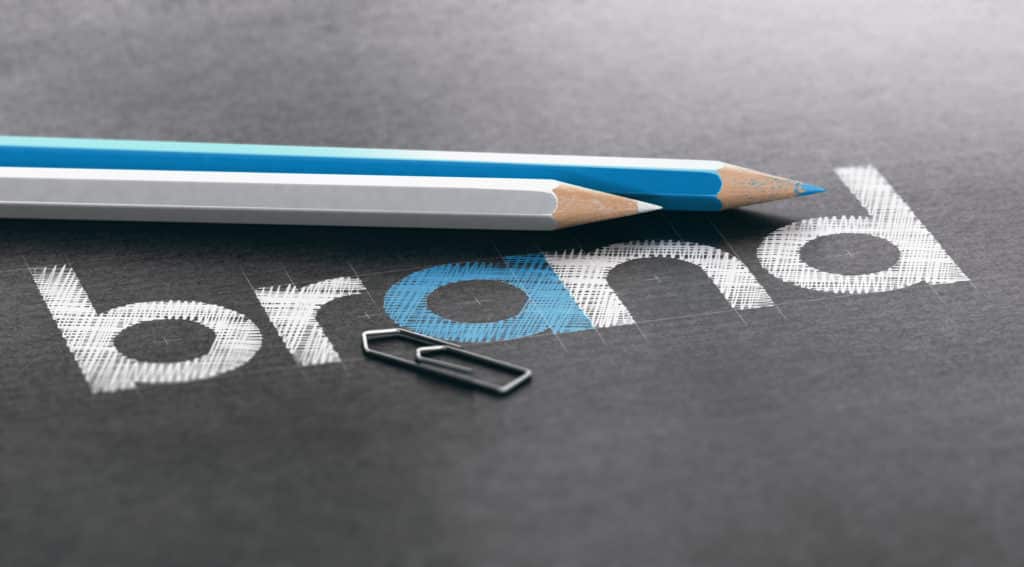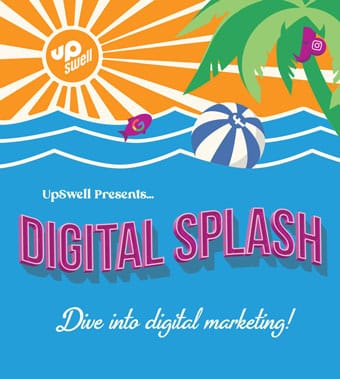Have you ever been persuaded to buy one product over another simply due to the packaging? If so, you’re not alone. Studies have shown that 85% of consumers cite color as the primary reason they purchase a particular product, making it essential that your brand colors are on target. In fact, some brands become so closely tied to their brand colors that they are recognizable without even seeing the company name—e.g., Home Depot orange or Starbucks green. Why does color play such an important role in the buying experience?
That’s because people begin subconsciously associating colors with certain emotions and social messages right from birth. Below we will dig into the emotional responses of each color and determine if your brand colors are sending the right message to your customers.
- Red – Passionate, Energetic, Powerful, Aggressive, Love, Hunger This fiery color is the obvious choice for businesses wanting to evoke a sense of power, energy, and passion.
- Yellow – Positivity, Youthfulness, Creativity, Warmth, Energy, Optimism Positivity, happiness and energy? All great buzzwords for your business.
- Orange – Cheerful, Playful, Balance, Excitement Similar to yellow, orange is another color full of excitement and cheerfulness.
- Pink – Feminine, Sincere, Gentle Despite being associated with masculinity in the 18th century, pink is widely considered to be a feminine color by today’s standards. If your business is targeted toward women, pink may be the color for you.
- Purple – Regal, Authoritative, Mysterious, Wise, Spiritual, Ambitious While light purple can come off as floral and romantic, deep and rich purples are seen as authoritative and ambitious which are great associations for your business.
- Blue – Trustworthy, Calming, Secure, Responsible Blue is the all around favorite color of the majority of consumers, likely due to calming blue elements in nature like the ocean and sky. If you’d like your business to be viewed as trustworthy and responsible, blue is your hue. For more powerful adjectives, look to the warmer end of the spectrum and go with red, yellow or orange.
- Green – Freshness, Health, Vitality, Serenity, Natural Green is great for businesses that want to be viewed as particularly health conscious. For calming and natural vibes, go with a forest or earthy green. To evoke health and vitality look more toward Kelly or lime green.
- Brown – Earthy, Durable, Natural Brown is great for giving off a natural and sustainable vibe.
- Black – Timeless, Prestigious, Luxury, Boldness, Tradition, Sophistication Black is a popular choice for high-end facilities, but it should be used sparingly as too much can appear as dark and intimidating.
- White – Pure, Clean, Noble, Soft White pairs well with all colors in the spectrum and when used as the main color can exude a feeling of cleanliness and purity.
Though these are common emotional responses for colors, there are exceptions to every rule. For instance, if paired with a neutral (black, white, or gray) most of these colors will retain their same emotional response, but some color pairings already have strong cultural associations—i.e., red and green=Christmas, black and orange=Halloween, so exercise caution when creating your brand palette. Other factors in your branding can also influence the emotional response of potential customers, such as the fonts and imagery you choose.
Wondering if your brand colors are hitting the mark? Contact UpSwell for a personal brand analysis or for more info on how we can help bring your brand to life.






